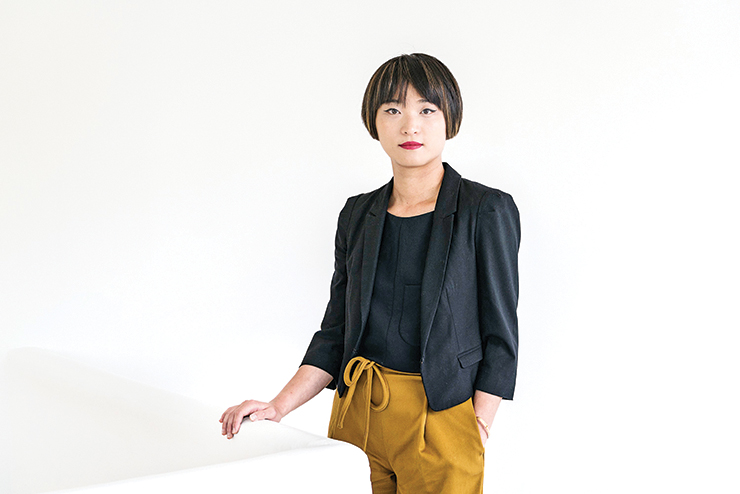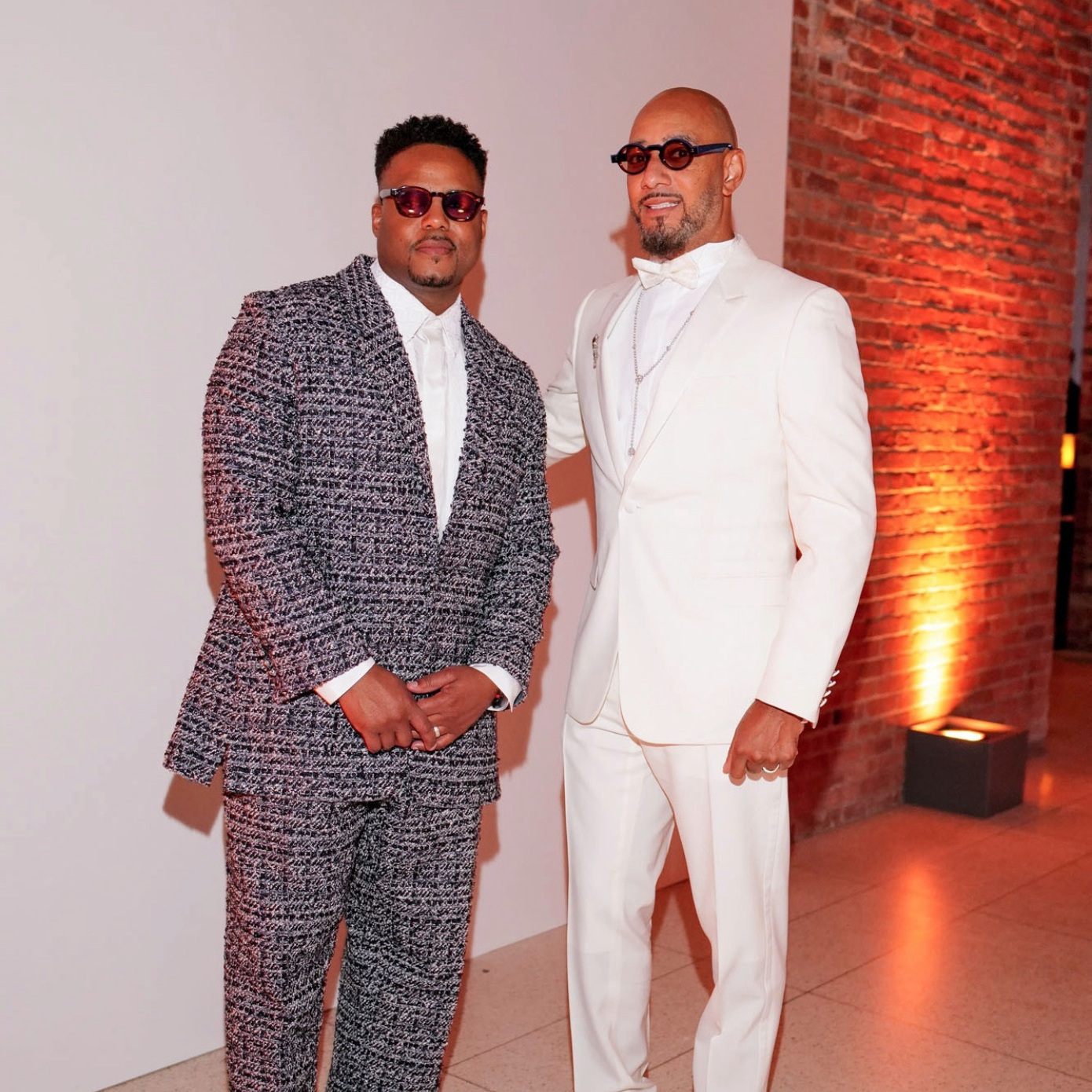
“This is my first real museum job,” explains Xiaoyu Weng, the recently appointed associate curator of Chinese art at the Guggenheim Museum. “I was born and raised in Shanghai, so there’s an expectation that I am an expert in art from my own country,” says the curator, who joined the Guggenheim after growing the Asian art collection of the San Francisco- and Paris-based Kadist Art Foundation.“I feel like I have a responsibility to provide new interpretations and understandings of artwork from that region.”
At the Guggenheim, Weng is part of a team leading the museum’s Robert H. N. Ho Family Foundation Chinese Art Initiative that seeks to expand the visibility of Chinese artists and the museum’s collection of contemporary art from greater China. “It looks at art from a very geographic perspective,” she explains. “We as curators and artists often want to challenge such parameters, especially in contemporary art-making and practice.”

Weng’s first major Guggenheim show, “Tales of Our Time,” on view through March 10, does just that. Thematically, the exhibition challenges the idea of place in a globalized world. It explores, according to Weng, the “awkward position China is in in the global geo-political situation.” She commissioned seven contemporary Chinese artists—Chia-En Jao, Zhou Tao, Sun Xun, Tsang Kin-Wah, Kan Xuan, Sun Yuan & Peng Yu and the Yangjiang Group—to create large-scale sculptural and video installations that will be added to the Guggenheim collection. The exhibition’s focus on a younger generation of Chinese artists allows them an opportunity to provide their personal perspectives on modern China and the world. “I don’t have an ambiguous goal of telling people the latest trend in Chinese art. I am interested in introducing people to these interesting artists and the artwork that they are making.”

“How do you define a place? And what do you mean by greater China?” are two of the questions that Weng says informs the show. “Is it like a geographic concept or is it an identity, culture, history or ideology?” asks Weng, who says the exhibition uses China to examine the tensions and processes of physical and digital place-making worldwide. Artist Zhou Tao’s two-channel video installation, Land of the Throat, focuses on the construction boom in China; Sun Yuan & Peng Yu’s Can’t Help Myself examines the ways technology mediates political borders; and the Yangjiang Group’s participatory installation, Unwritten Rules Cannot Be Broken, recasts the Guggenheim as a garden, where they will stage tea gatherings, evoking the group’s desire to create democratic space in China.
“As the curator, I invited the artists who are participating in the exhibition to think about the idea of territory, boundaries and borders, from the physical to the abstract,” explains Weng. “Boundaries can be the line between two countries or the line between past and present.”



